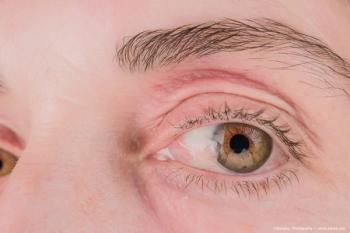
AAO sets core topics defined for study
San Francisco—The American Academy of Ophthalmology (AAO) has developed an ophthalmology curriculum of more than 800 topics that it believes represent the material that is most relevant to clinical practice.
San Francisco-The American Academy of Ophthalmology (AAO) has developed an ophthalmology curriculum of more than 800 topics that it believes represent the material that is most relevant to clinical practice.
The topics, known as the Practicing Ophthalmologists Curriculum, form the basis for the American Board of Ophthalmology Maintenance of Certification cognitive knowledge examination. The curriculum is divided into subspecialty or practice emphasis areas, and includes core ophthalmic knowledge, comprehensive ophthalmology, cataract/anterior segment, cornea/external disease, glaucoma, neuro-ophthalmology/orbit, oculoplastics/orbit, pediatric ophthalmology/strabismus, refractive management/intervention, retina/ vitreous, and uveitis.
Content of each segment was further divided into six categories, including risk factors, diagnosis, differential diagnosis, management, complications, postoperative care, and patient instructions.
For more information, contact Richard Zorab, AAO's vice president of clinical education, at 866/561-8558 or e-mail him at
.
Newsletter
Don’t miss out—get Ophthalmology Times updates on the latest clinical advancements and expert interviews, straight to your inbox.













































.png)


